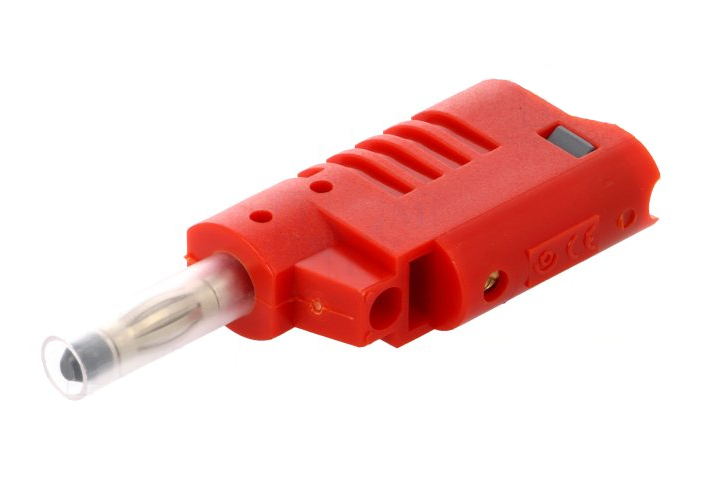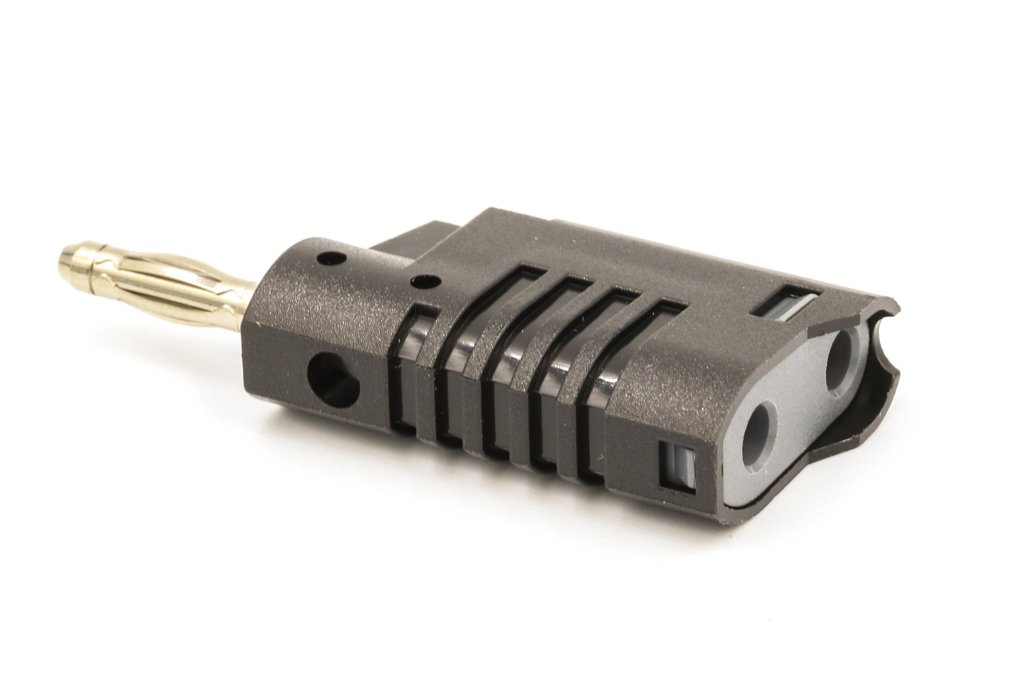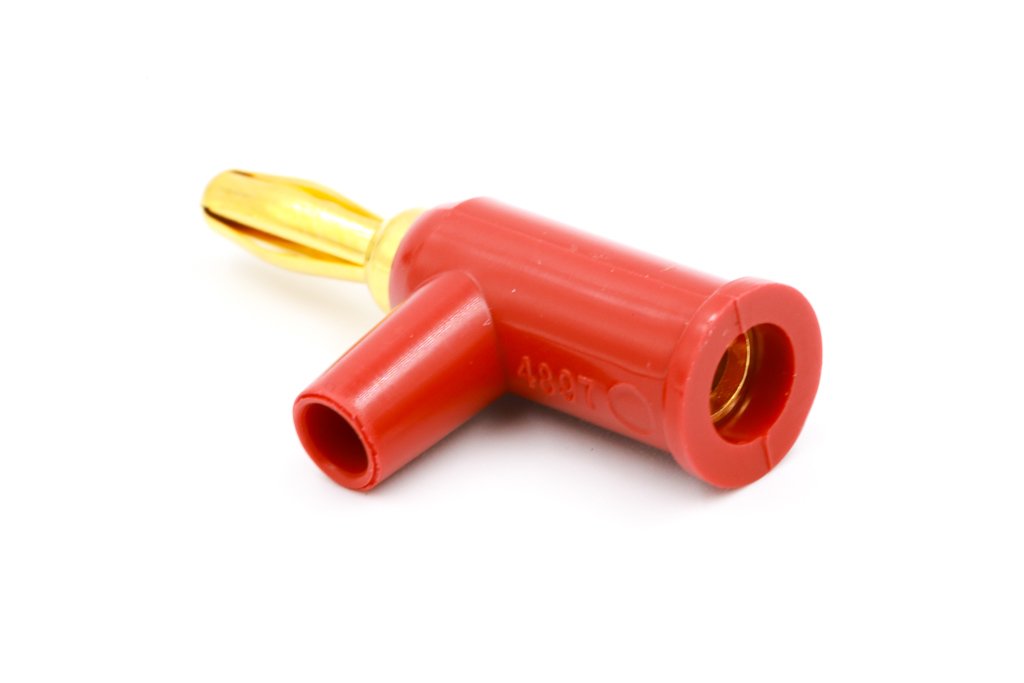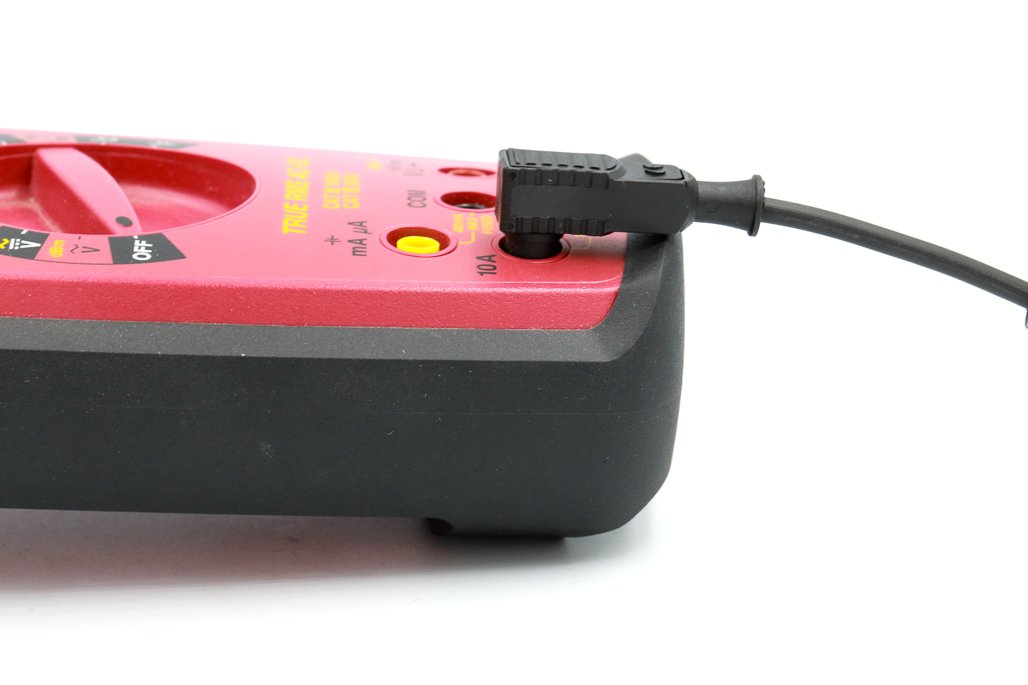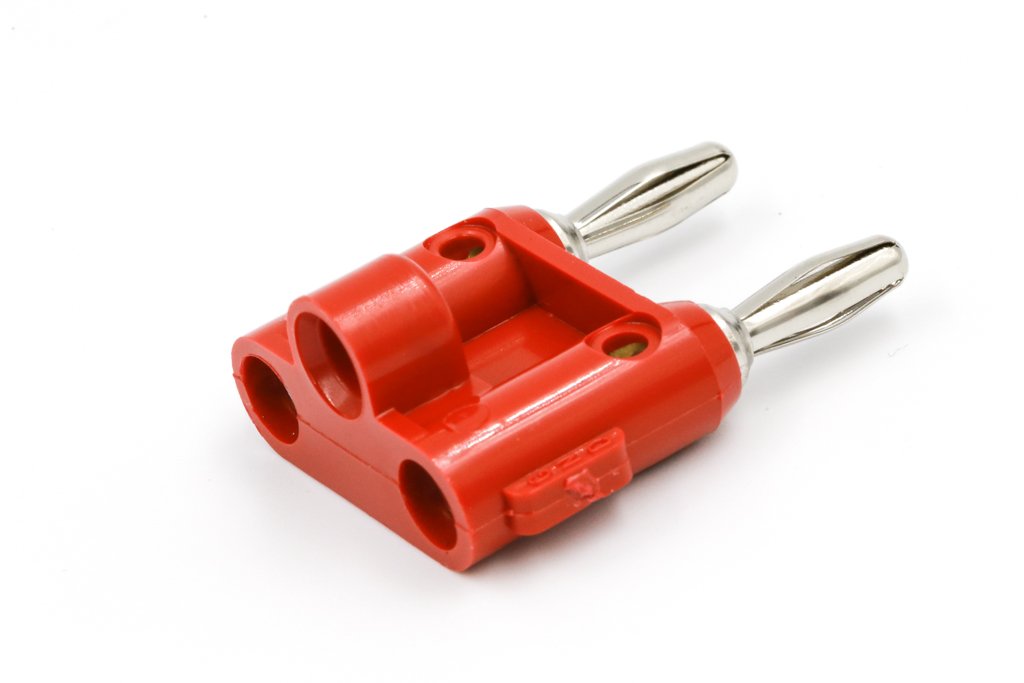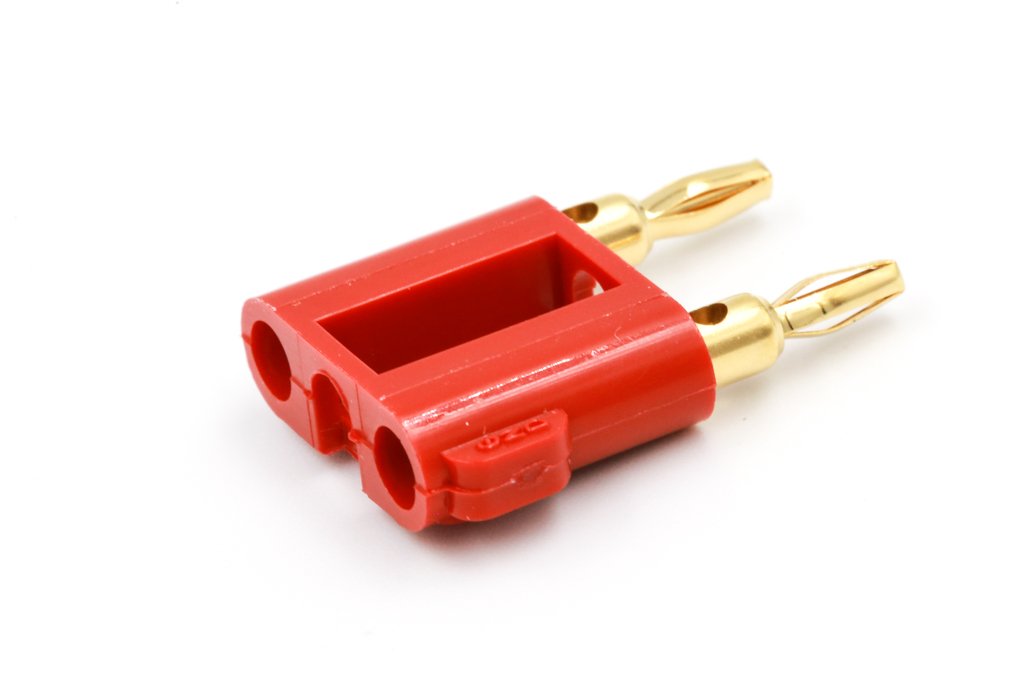The Complete Guide to Banana Test Plugs
The Complete Guide to Banana Test Plugs
Banana Plugs are spring-loaded, single-wire electrical test connectors used for joining wire to electrical test equipment or electrical circuit boards. Banana connectors come in either, Banana Plugs (male) or Banana Sockets (female). This short article identifies the different sizes and different types of banana plugs, as well as offering guidance on what banana test plug connector suits your specific application.
1 - General Information on Banana Test Plugs
2 - Banana Plug Sizes: 4mm & 2mm
3 - Banana Plug Protective Sleeve Types
4 - Banana Plug: Connector Body Types
5 - Conclusion: Banana Test Plugs
1 - General Information on Banana Test Plugs
Banana Plugs are referred to as a male connector and commonly found in either 4mm (standard) or 2mm (miniature) pin plug sizes. Banana plugs are designed to connect into Banana Sockets (Jacks) which again are available in either 4mm (standard) or 2mm (miniature) socket sizes. Discover the Complete Guide to Banana Sockets for more information on different types and sizes.
The Banana plug features a unique contact tip. The cylindrical pin features 'metal-leaves' that bulge outward to create a strong contact in a socket. The leaves prevent the connection failing when it's subject to movement or vibrations and offers more reliable testing. Banana Plugs are typically connected to wire by; screw, solder or crimp.
Banana plugs can be found in a range of colours, the most common being black and red. It's common to see them follow the standard colour codes; 0 - Black, 1 - Brown, 2 - Red, 3 - Orange, 4 - Yellow, 5 - Green, 6 - Blue, 7 - Violet, 8 - Grey, 9 - White.
2 - Banana Plug Sizes: 4mm Vs. 2mm
Banana plugs are typically available in two different sizes, standard and miniature. In Europe, a standard banana plug refers to a 4mm plug. Generally all standard Banana Plugs are compatible with all 4mm Banana Sockets (Jacks). A miniature or mini banana plug is a smaller design of the standard banana plug. Miniature Banana Plugs can vary in size between 3mm and 2mm, so it's always worth checking product datasheets for reference and capability check.
For the majority of industry applications a standard (4mm) banana plug size is used for electrical testing and wire connection requirements. Digital Multimeters are frequently used in most electrical applications and they typically accept standard banana plugs.
3 - Banana Plug Protective Sleeve Types
Banana Plugs typically offer three different types of protective sleeve options; unshrouded, retractable shrouded and shrouded. Banana Plugs with a shrouded sleeve are often used in High Voltage applications for safety requirements.
Unshrouded Banana Test Plugs
Unshrouded banana plugs are also called unsheathed banana plugs. They feature a bare pin that is uninsulated and visible. The unshrouded banana plug is commonly used in lower voltage (30 - 70 VDC) electrical testing applications.
Retractable Sleeve Banana Test Plugs
A banana plug with a retractable sleeve has a spring-loaded shroud cover that slides out of the way when the pin is inserted into a shrouded or unshrouded banana socket or jack. The retractable shroud improves safety and is typically used in higher voltage applications.
Shrouded Banana Test Plugs
Shrouded banana plugs are also called sheathed banana plugs. They feature insulation (protective plastic sleeve) around the connector to avoid accidental contact with the metal plug in high voltage situations. Shrouded banana plugs are a common requirement for CAT II & IV (600-1000V) applications. Shrouded banana plug will only fit into shrouded banana sockets (jacks). Remain safe when electrical testing high voltages with shrouded banana plugs.
4 - Banana Plug Body Types
Straight Banana Test Plugs
A banana plug is a cylindrical pin that has sprung metal “leaves” that bulge outward. The springs produce a secure and strong contact in a socket. The back of the pin is connected to a wire which is screwed, soldered, or crimped into place. Insulating plastic over part of the connector can vary on each plug depending on its voltage rating.
When would you use a straight Banana Test Plug?
Test leads used for electronic test equipment, speaker wires and probe leads are typically terminated by straight banana plugs. Unsheathed/Unshrouded banana plugs are designed for low voltage applications.
Stackable or Stacking Banana Plugs
A stackable banana plug has a hole in the back, on the side, or both to accept the pin of another banana plug of the same diameter (2mm or 4mm).
When would you use a Stacking Banana Test Plug?
They’re commonly found on test/ patch leads and offer reliability and versatility when you may wish to join a number of leads together or wish to make shunts or connections to multiple places. You can stack numerous banana plugs on top of one another to create complex wiring kits or circuits for electrical testing depending on application.
Right-Angle Banana Plugs
Right-angle banana plugs feature an exit hole at 90° (right-angle) to the pin, whereas straight banana plugs have an exit hole at 180° (in-line or straight) to the pin.
When would you use a Right-Angle Banana Test Plug?
Right-angle banana test plugs are commonly featured on test leads designed for digital multimeters. The 90° (right-angle) connector body offers a secure connection and eliminate test lead damage often caused by wire or cable pull. Prevent cable damage and misreadings caused by intermittent connections.
Dual Banana Test Plugs
Dual plugs are simply two plugs together. They are designed for use with amplifiers or speakers that use traditional binding posts. Dual plugs and posts make it safer to plug in two wires with no chance of stray wire strands creating a short across contacts. They can also come in a variant where the two plugs are internally shorted making the two plugs have one output connection.
5 - Conclusion: Banana Test Plugs
Banana plugs are a common and important component in many electrical applications. Joining wires to equipment correctly is invaluable for safety and performance. Be sure to choose the correct; type, pin style, colour and size for your electrical application. If you are still unsure after reading our guide please get in contact and we’ll be happy to advise you.


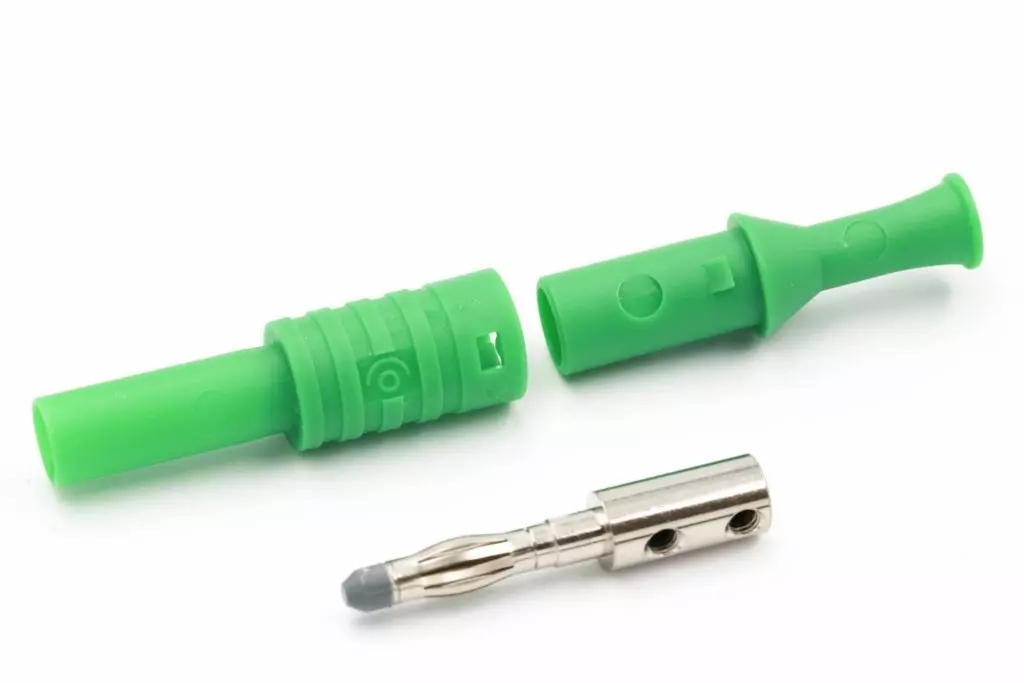
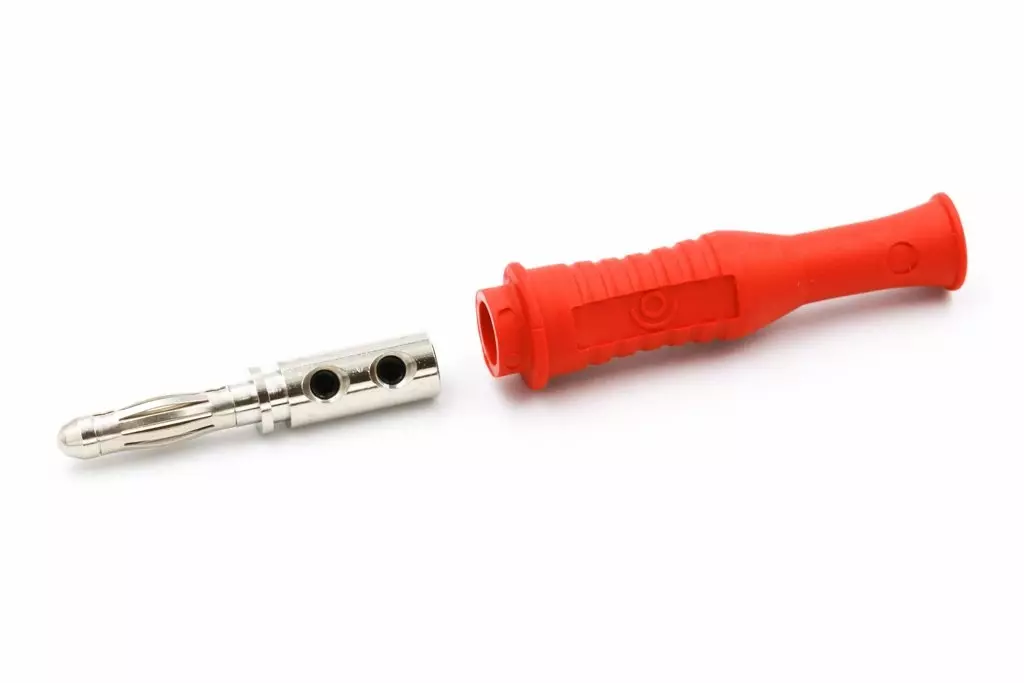
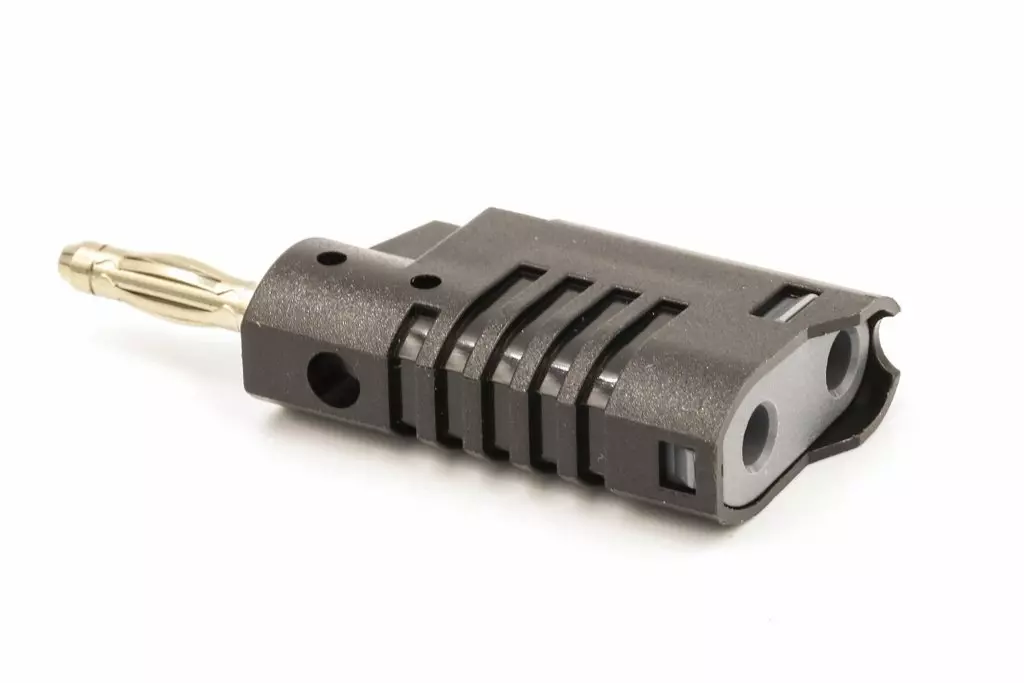
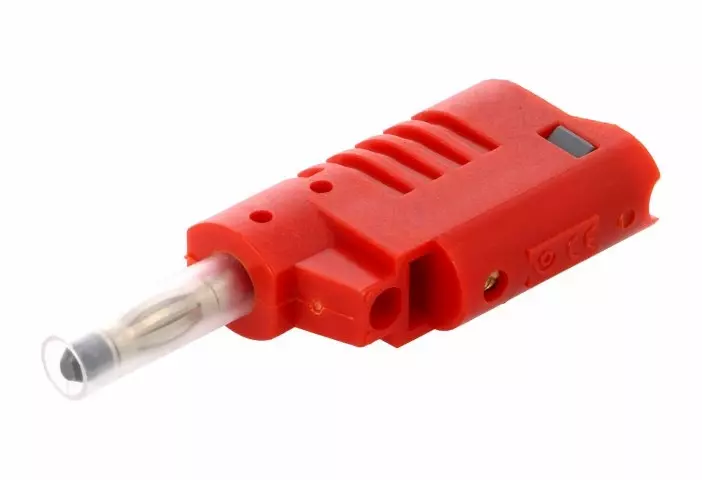
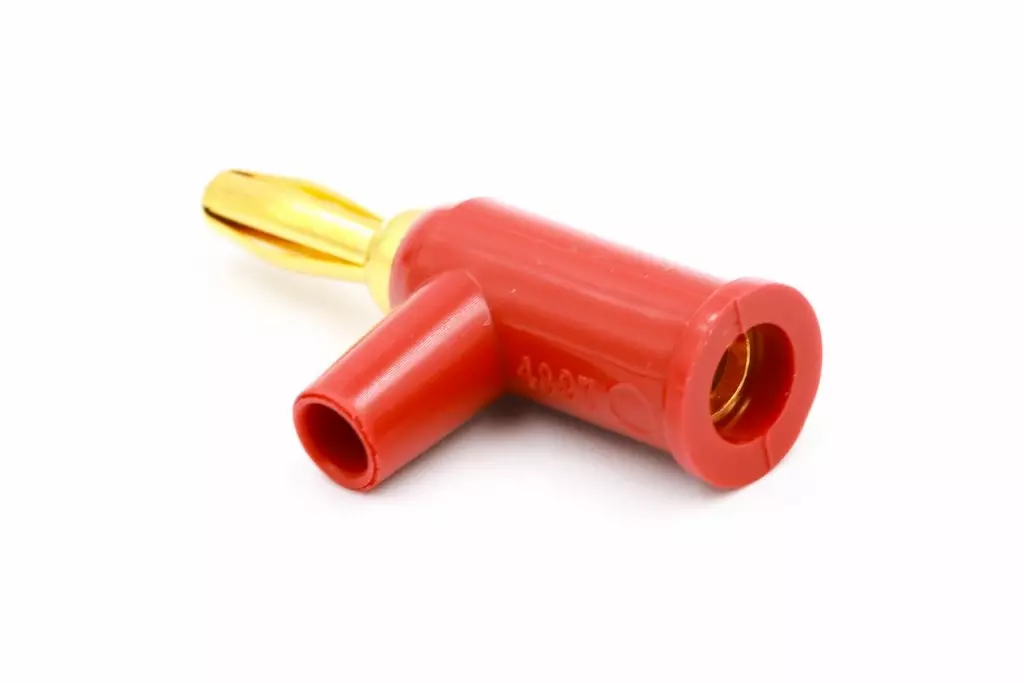
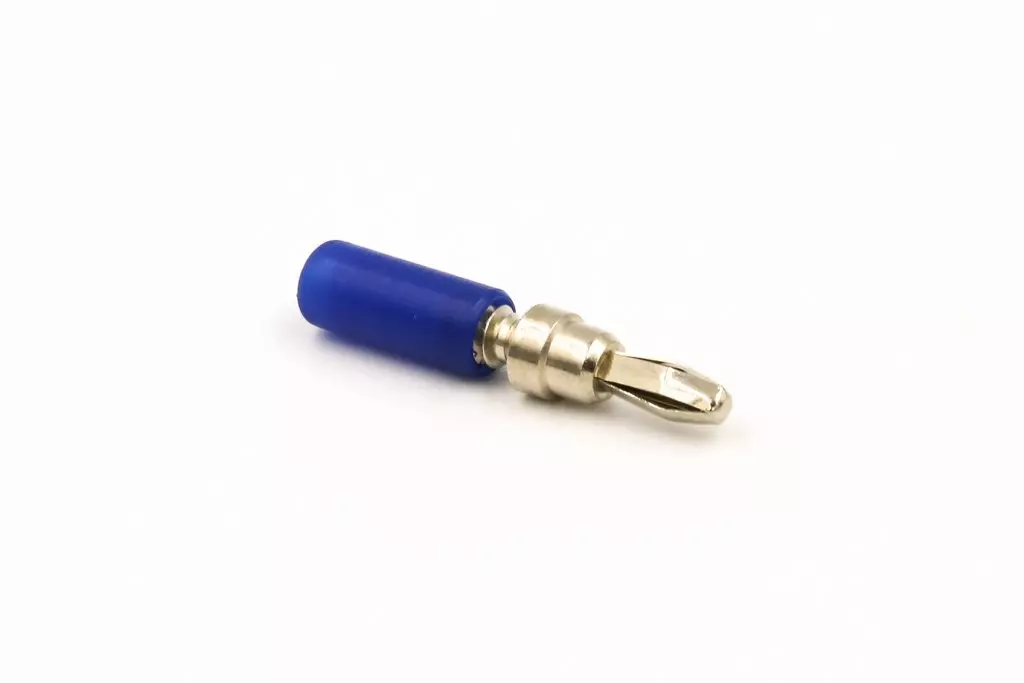



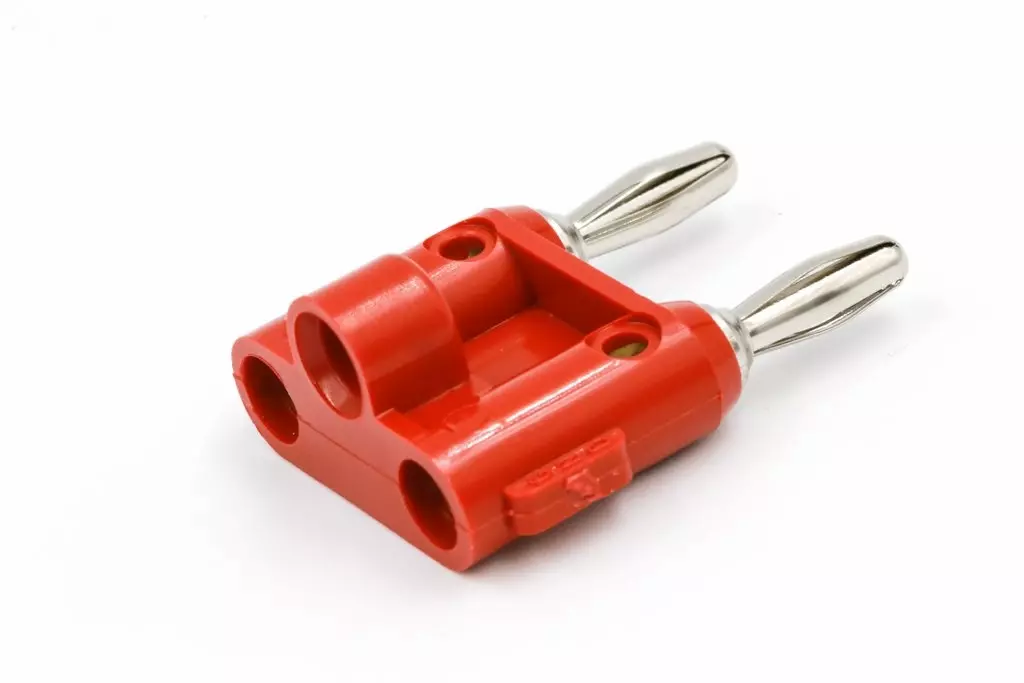
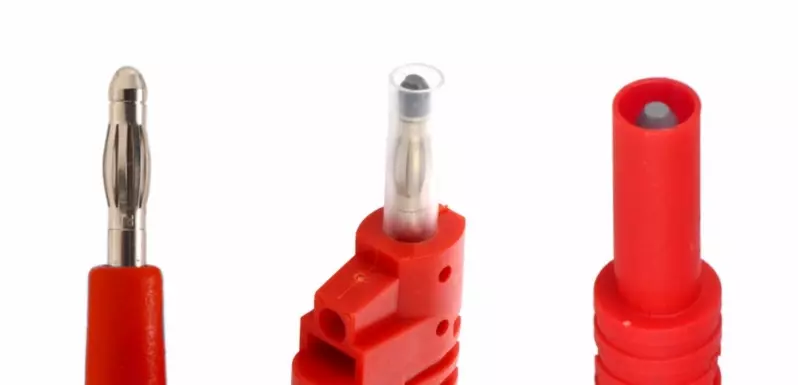

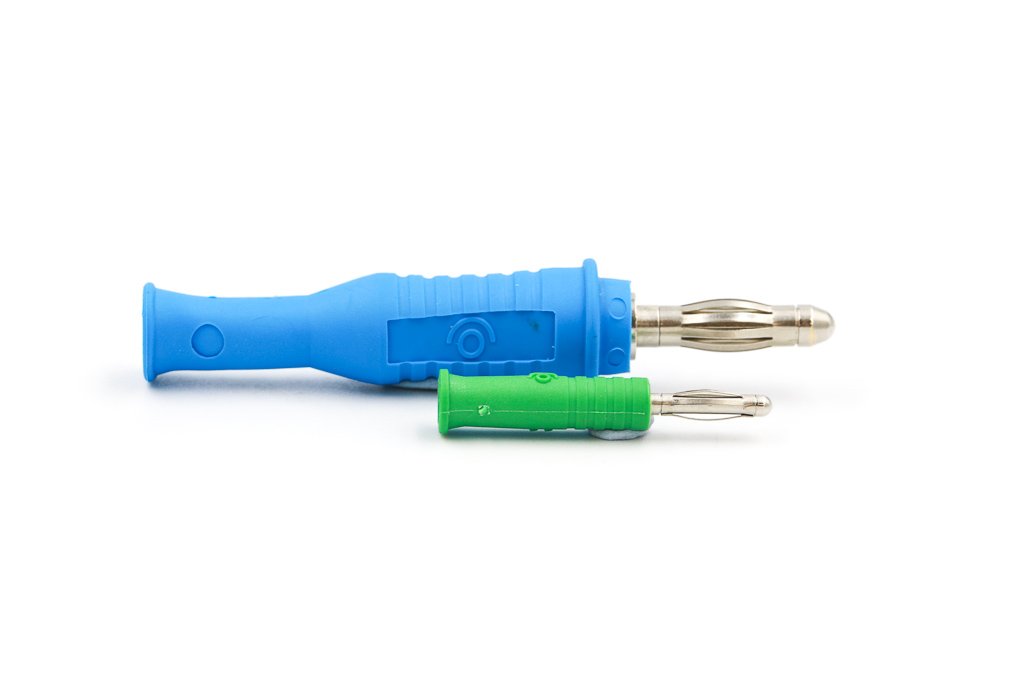
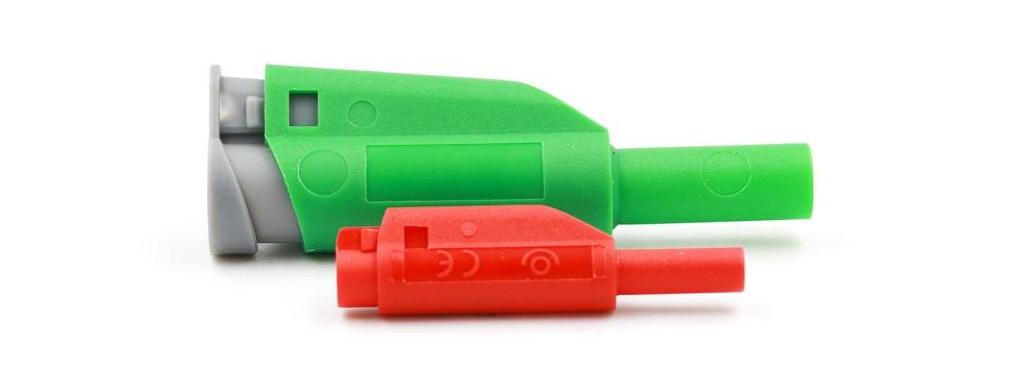
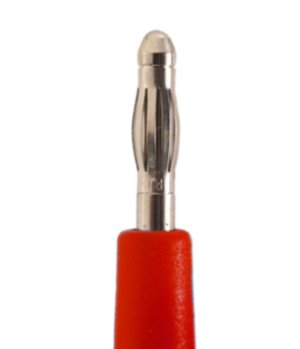
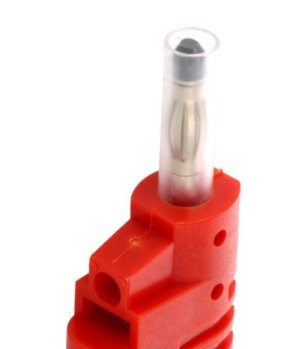
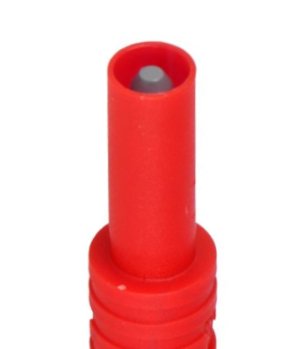
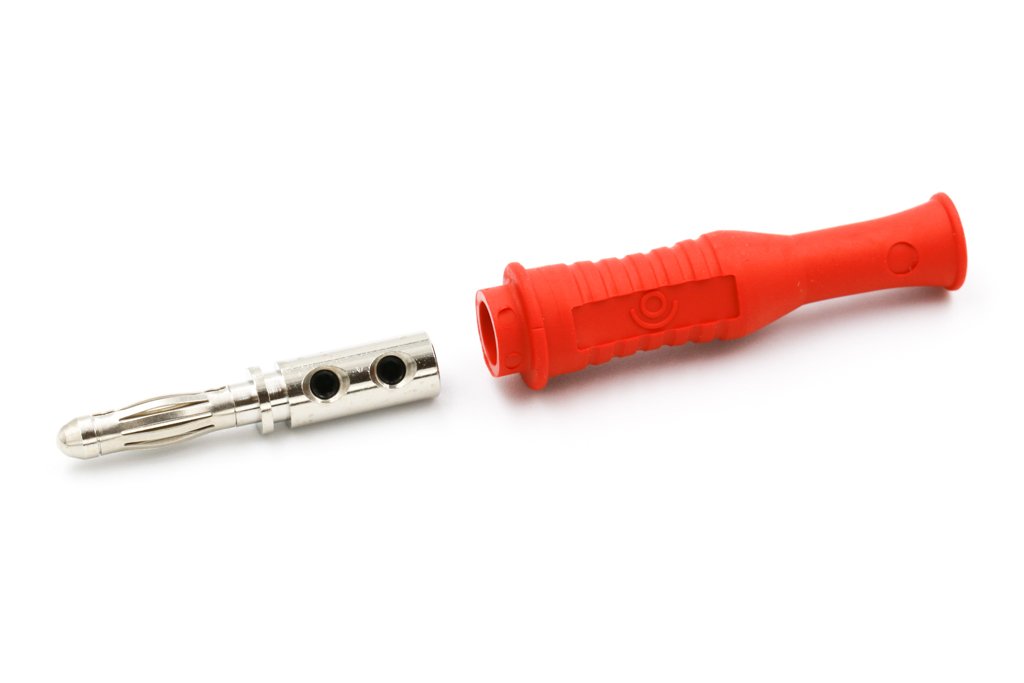
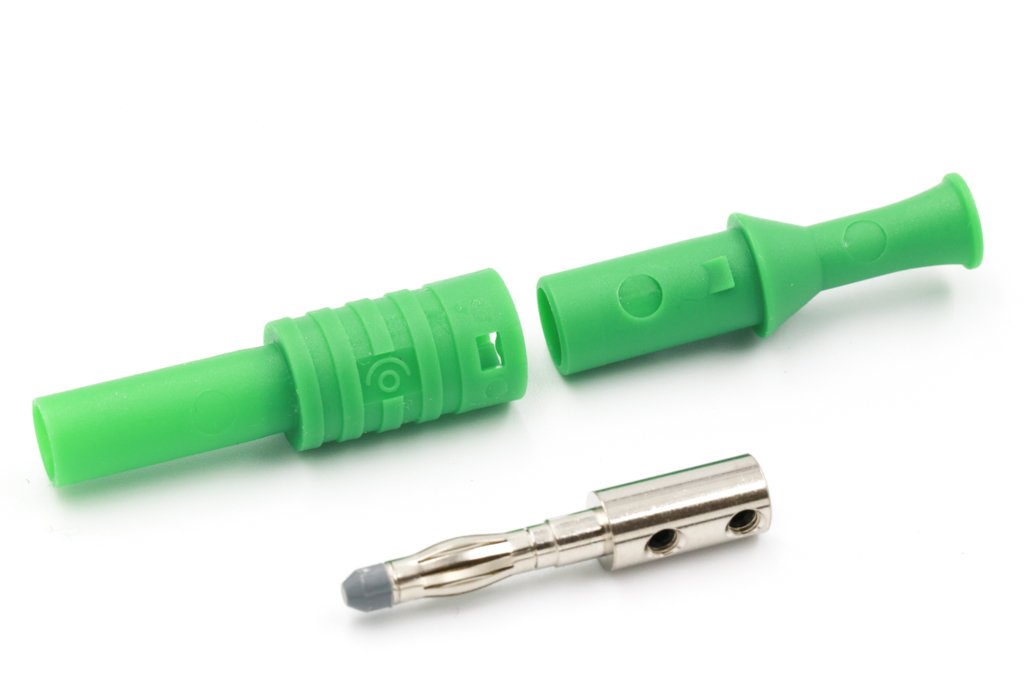 1065 4mm Straight Shrouded Banana Plug
1065 4mm Straight Shrouded Banana Plug